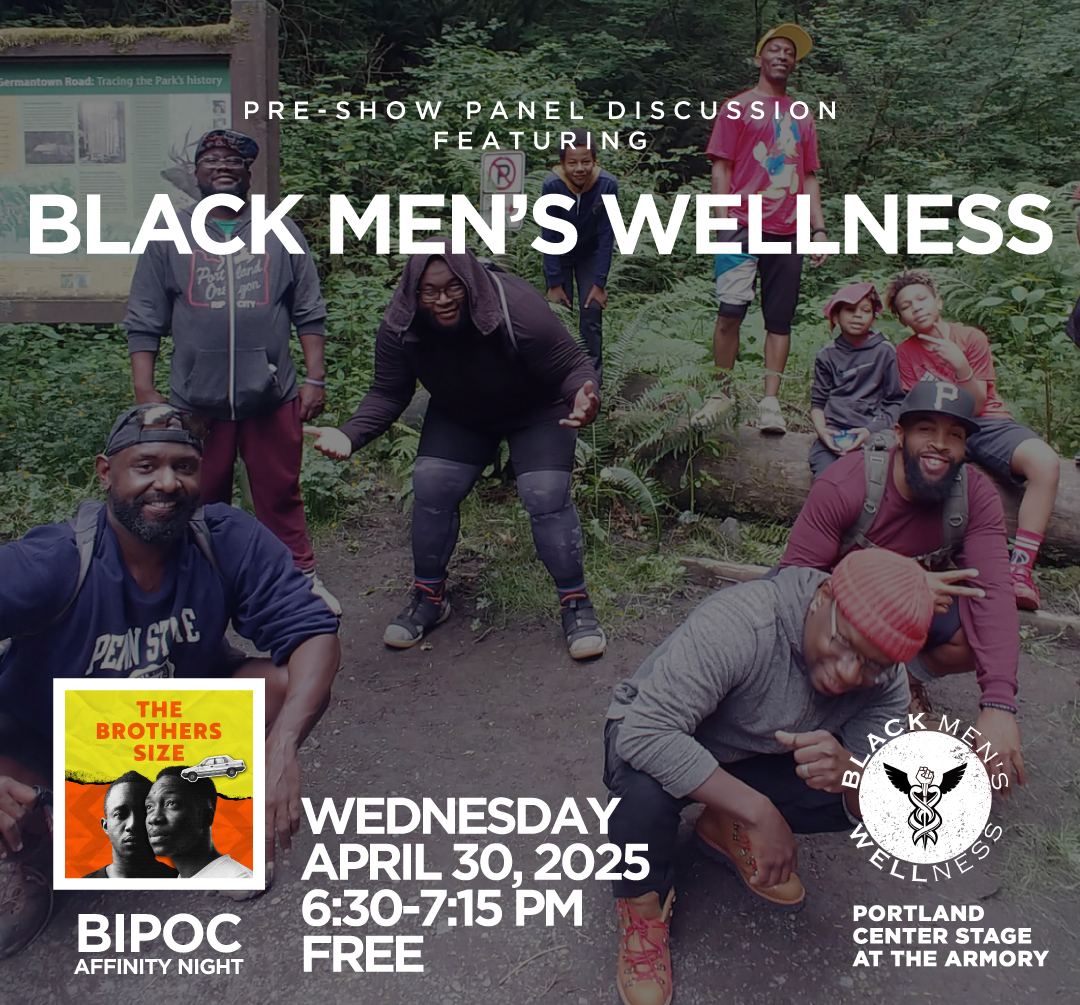Resource Guide for Educators-Timeline of the Japanese American Story in WWII
March 26, 1790
Portland Center Stage is committed to identifying & interrupting instances of racism & all forms of oppression, through the principles of inclusion, diversity, equity, & accessibility (IDEA).






















